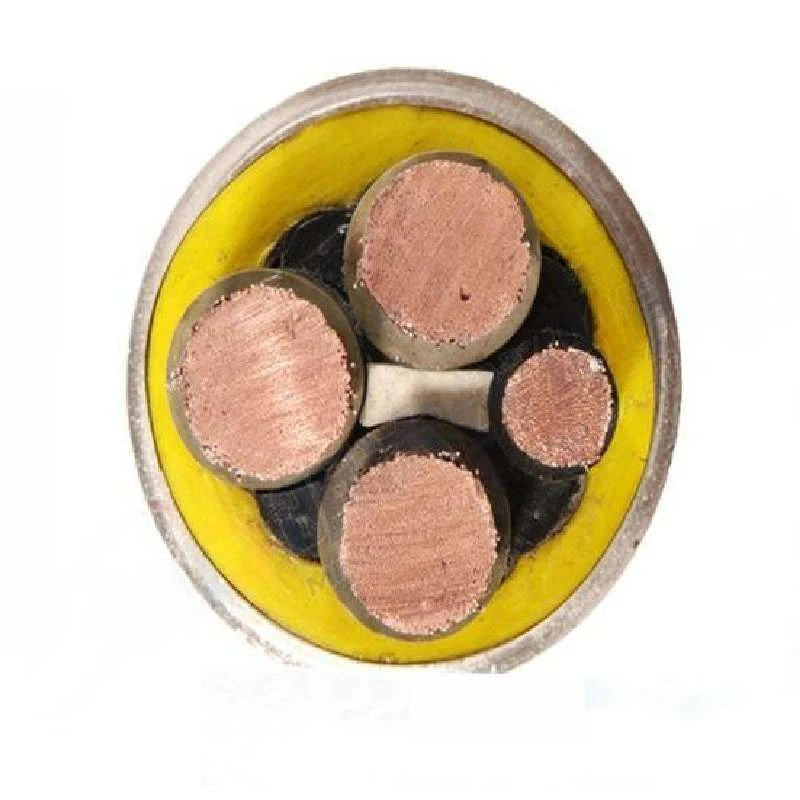Dec . 10, 2024 18:41 Back to list
Dimensions of Butterfly Valves for Various Wafer Types in Industrial Applications
Understanding Wafer Type Butterfly Valve Dimensions
Butterfly valves are critical components in various industrial applications, providing precise control over fluid flow. Among the different designs available, the wafer type butterfly valve is one of the most commonly used due to its compact size, lightweight nature, and cost-effective installation. Understanding the dimensions of wafer type butterfly valves is essential for engineers and technicians to ensure proper fit, functionality, and safety in their respective systems.
What is a Wafer Type Butterfly Valve?
A wafer type butterfly valve is a type of valve that uses a rotating disc to control fluid flow. The valve is sandwiched between two flanges, typically utilized in piping systems where space is limited. Unlike lug type butterfly valves, which have threaded inserts for mounting, wafer valves rely on the compression of the two flanges to maintain a secure connection. This design makes wafer valves easier to install and remove, particularly in tight spaces.
Key Dimensions of Wafer Type Butterfly Valves
To properly select and utilize wafer type butterfly valves, one must be familiar with several key dimensions
1. Size The size of a wafer type butterfly valve is a fundamental dimension that indicates the diameter of the valve and the corresponding pipe size it connects to. Sizes typically range from 2 inches to 48 inches or more, and it is crucial to match the valve size with the existing piping to avoid leaks and ensure optimal performance.
wafer type butterfly valve dimension

2. Face-to-Face (FTF) Dimension This measurement refers to the distance between the two flanges of the valve. The FTF dimension is critical in ensuring that when the valve is installed between flanges, there is sufficient room for the valve body without interfering with the overall piping layout. The FTF dimension is standardized among different manufacturers, but it is essential to verify that the particular valve fits within the existing system.
3. Thickness The thickness of the valve body can influence its durability and pressure rating. Thicker valves generally provide better resistance to wear and deformation under pressure. Different materials and construction methods impact this dimension, so choosing the correct material for the intended application is essential.
4. Disc Diameter The diameter of the disc, which is the primary control mechanism of the valve, determines the flow capacity and valve performance. A larger disc diameter typically means a higher flow rate. However, it is also essential to consider the weight and materials of the disc, as these factors influence the valve's actuation method and overall reliability.
5. Bolt Circle Diameter (BCD) The BCD refers to the circle that passes through the center of the mounting bolt holes on the flange connection. Understanding the BCD is vital for ensuring compatibility with standard pipe flanges. Incorrect BCD measurements can lead to installation difficulties and ultimately system failures.
Conclusion
Selecting the right wafer type butterfly valve requires careful consideration of its dimensions to ensure compatibility with existing piping systems and achieve optimal performance. The valve’s size, face-to-face dimension, thickness, disc diameter, and bolt circle diameter are key factors that influence the operational efficiency and reliability of the valve. Properly understanding and measuring these dimensions can prevent costly errors, ensuring that the system operates smoothly and efficiently. As industries continue to evolve and adapt to new technologies, the role of wafer type butterfly valves in fluid control remains indispensable, making knowledge of their specifications ever more critical for engineering success.
Share